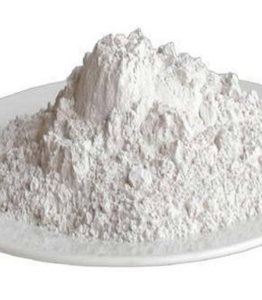GGBFS” stands for “Ground Granulated Blast Furnace Slag.” Here’s an overview of GGBFS:
Overview
Definition: GGBFS is a finely ground, glassy granular material derived from the byproduct of the iron-making process in blast furnaces used to produce steel. It is obtained by rapidly quenching molten blast furnace slag with water or steam, then drying and milling it into a fine powder.
Composition: GGBFS is primarily composed of silicates and alumina-silicates, along with smaller amounts of calcium oxides, magnesium oxides, and other compounds. Its chemical composition and physical properties vary depending on the composition of the raw materials and the specific production process.
Properties: GGBFS possesses cementitious properties similar to cement, making it an excellent supplementary cementitious material (SCM) in concrete production. It enhances the strength, durability, and workability of concrete, while also improving its resistance to chemical attack and reducing heat of hydration.
Applications: GGBFS is commonly used as a partial replacement for Portland cement in concrete mixes, typically replacing up to 70% of the cement content. It is also used in soil stabilization, ground improvement techniques, and as a raw material in the production of cementitious binders and construction materials.

Environmental Benefits: The use of GGBFS in concrete production offers environmental benefits by reducing the demand for Portland cement, which is a significant source of greenhouse gas emissions. Additionally, GGBFS helps to minimize waste generation and promotes sustainable practices in the steel and construction industries.
Quality Standards: GGBFS quality is governed by international standards such as ASTM C989/C989M and EN 15167-1. These standards specify requirements for chemical composition, fineness, and physical properties to ensure the suitability of GGBFS for use in concrete and construction applications.
In summary, GGBFS is a valuable material with cementitious properties that enhance the performance and sustainability of concrete and construction materials. Its widespread use in various applications highlights its importance in the steel and construction industries, while also contributing to environmental conservation efforts through waste utilization and emission reduction.
